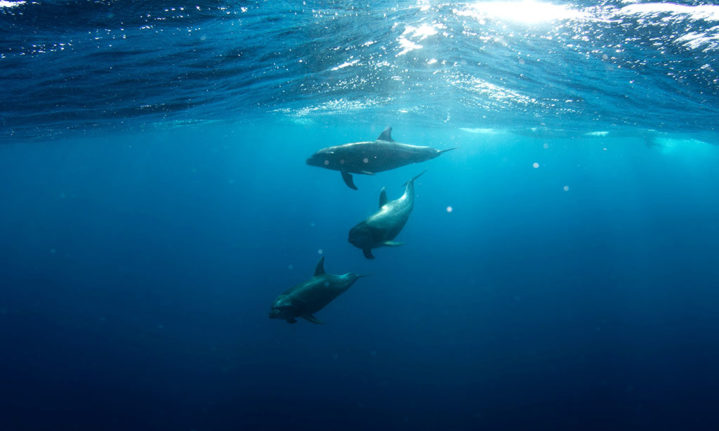Japan’s environment minister, Yoshiaki Harada, says that storage space for more than a million tonnes of contaminated water at the destroyed Fukushima nuclear power plant will run out by 2022.
The plant was damaged by earthquakes and a tsunami in 2011, which caused a triple meltdown of the reactors. Thousands of people had to evacuate from their homes.

Fukushima nuclear power plant. Image credit: IAEA Image bank
According to the BBC ‘For the last eight years around 200 tonnes of radioactive water have been pumped out of the damaged reactor buildings every day.’ This forms part of the Japanese government’s plan to clean the area over a number of decades.
The radioactive water that was used to cool the reactors is currently stored in 1,000 tanks at the Fukushima Daiichi site but storage capacity is limited and the idea of releasing this water into the ocean has sparked outrage from local fishermen.
Tokyo Electric Power (Tepco) has been trying to get rid of radionuclides from the contaminated water, but according to the The Gaurdian, ‘the technology does not exist to rid the water of tritium, a radioactive isotope of hydrogen. Coastal nuclear plants commonly dump water that contains tritium into the ocean. It occurs in minute amounts in nature.’
However the company has admitted that in addition to tritium other contaminants still remain in the water.
‘The only option will be to drain it into the sea and dilute it,’ Harada told a news briefing in Tokyo on Tuesday. ‘The whole of the government will discuss this, but I would like to offer my simple opinion.’
The government has not yet made a final decision on the matter and is awaiting feedback from a panel of experts.
According to Reuters, ‘Japan’s Chief Cabinet Secretary Yoshihide Suga, in a separate press briefing, described Harada’s comments as “his personal opinion”.’
Featured image: Unslash




















